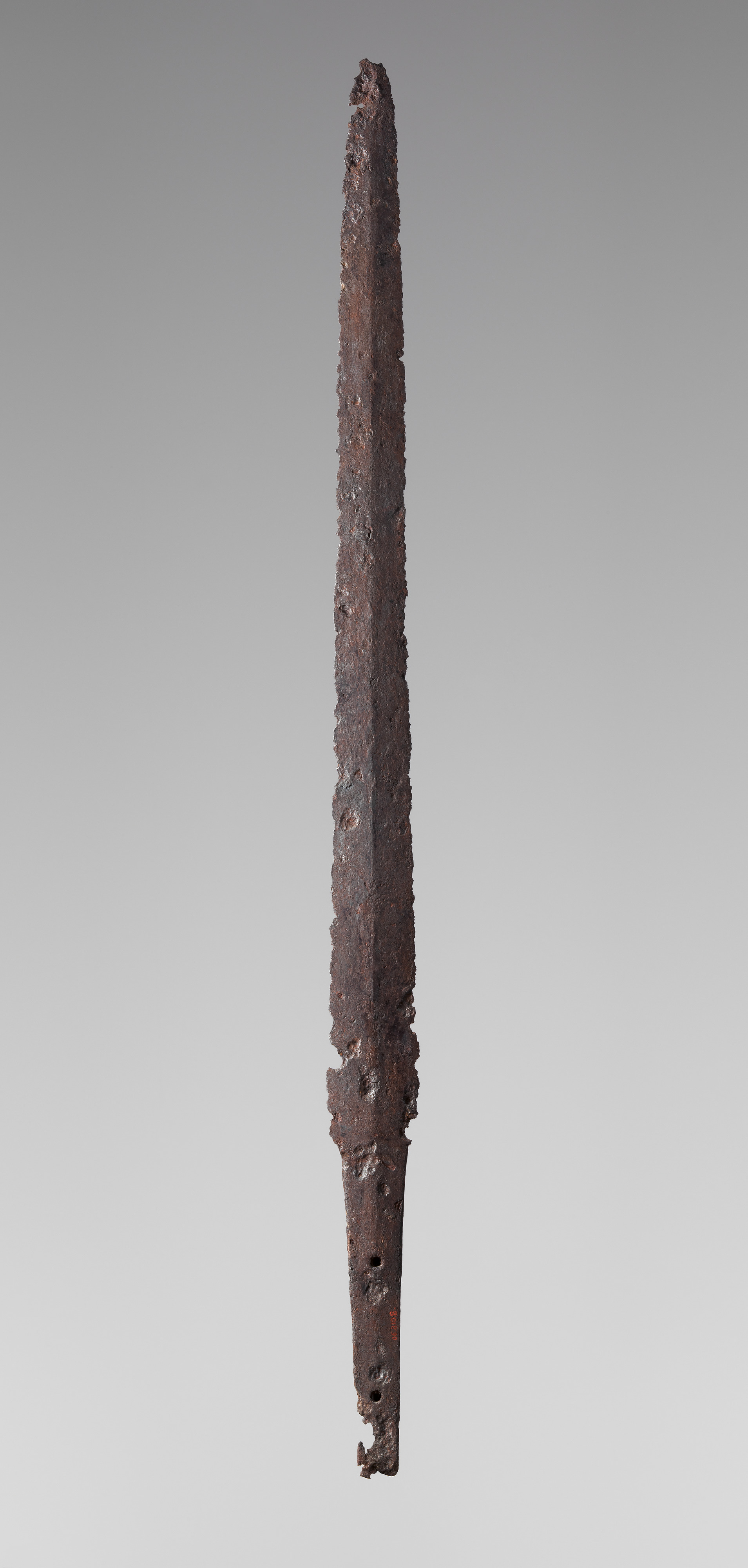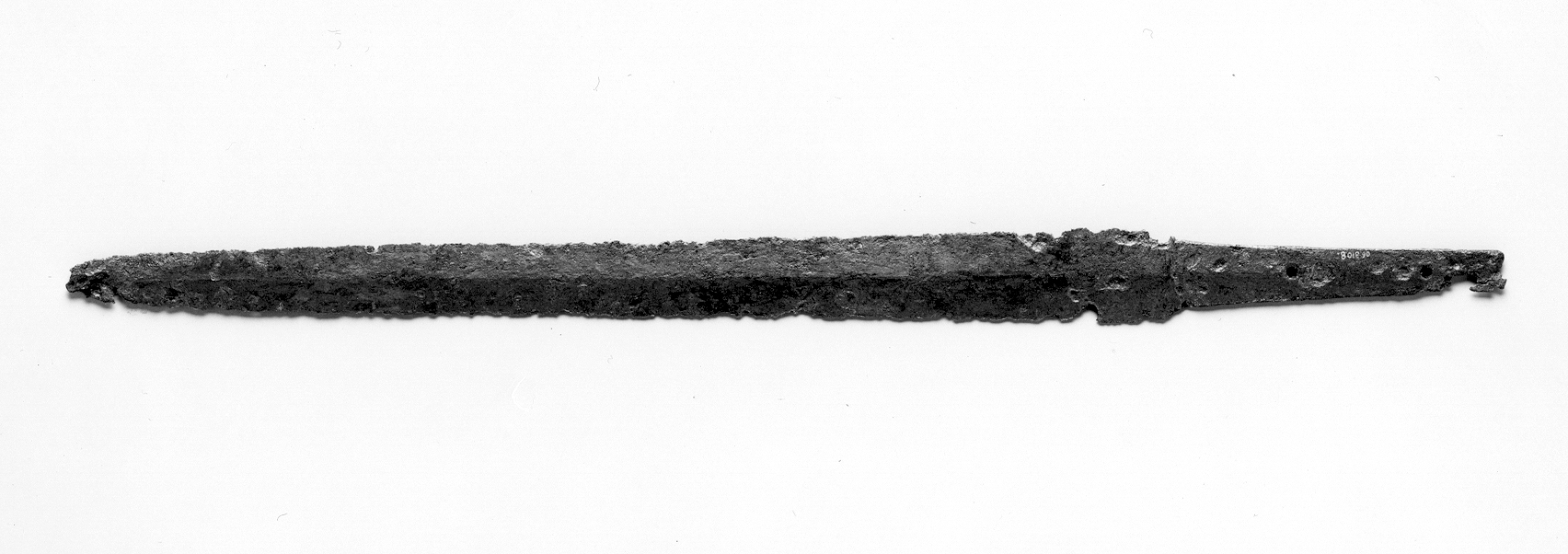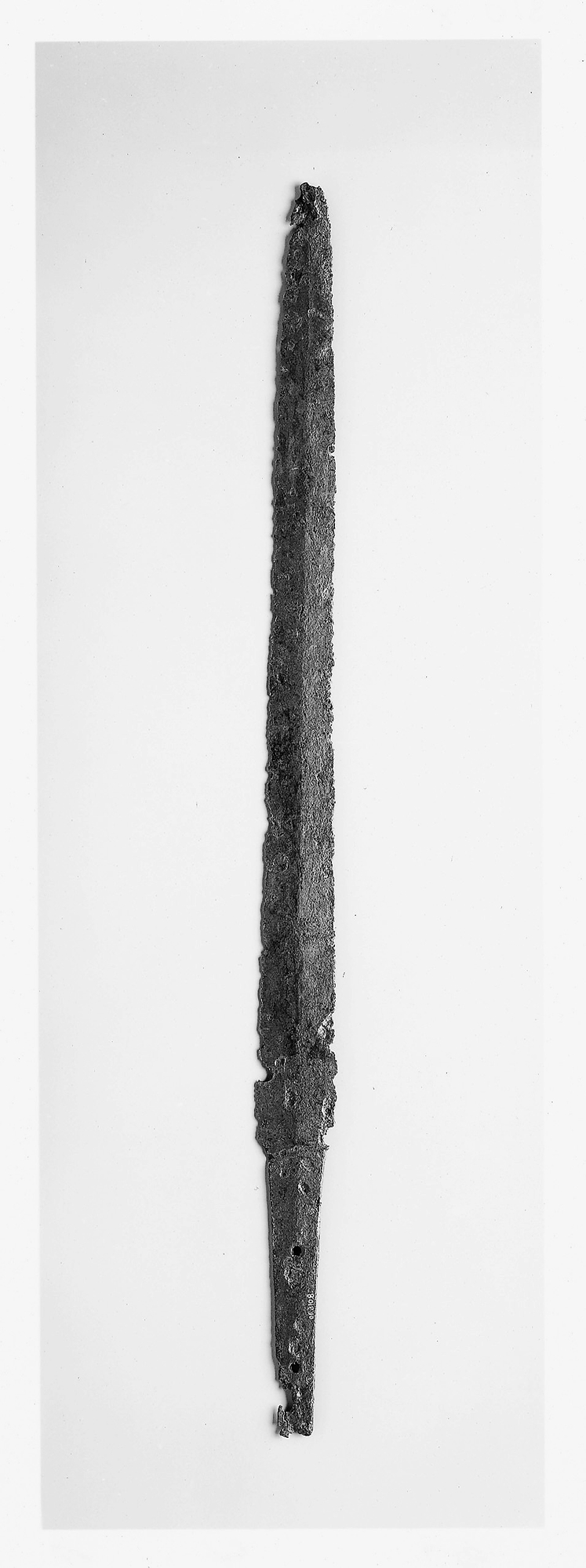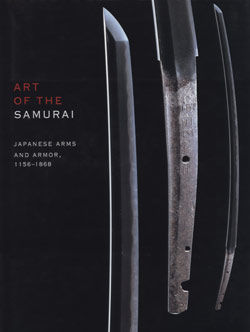Blade for a Double-Edged Sword (Ken)
The ken, a sword with a straight double-edged blade based on Chinese prototypes, was used in Japan from at least the third century until the sixth century. At the end of that period, the double-edged sword was gradually superseded by the single-edged type, from which all later Japanese swords developed. This ken was discovered in one of Japan’s most famous early burial mounds, known as the Eda Funayama kofun (burial mound), located in Kumamoto Prefecture, on Kyūshū Island, in southern Japan. The mound, which was excavated first in 1873, yielded many rare items, including jewelry, crowns, ceremonial shoes, armor parts, mirrors, and several swords, all of very high quality.
Swords of this period are extremely rare and show the earliest stage in the development of Japanese sword blades. This blade was given to The Metropolitan Museum of Art in 1906, as part of an exchange of art objects with the Imperial Museum in Tokyo that was arranged by Dr. Bashford Dean, who at the time was Honorary Curator of Arms and Armor in the Metropolitan Museum. In 1965, the remaining finds from the excavation were designated officially as National Treasures, the highest ranking given to cultural objects in Japan. They are now in the collection of the Tokyo National Museum.
#4422. Straight, Double-edged Sword Blade (Ken)
Due to rights restrictions, this image cannot be enlarged, viewed at full screen, or downloaded.
This artwork is meant to be viewed from right to left. Scroll left to view more.







